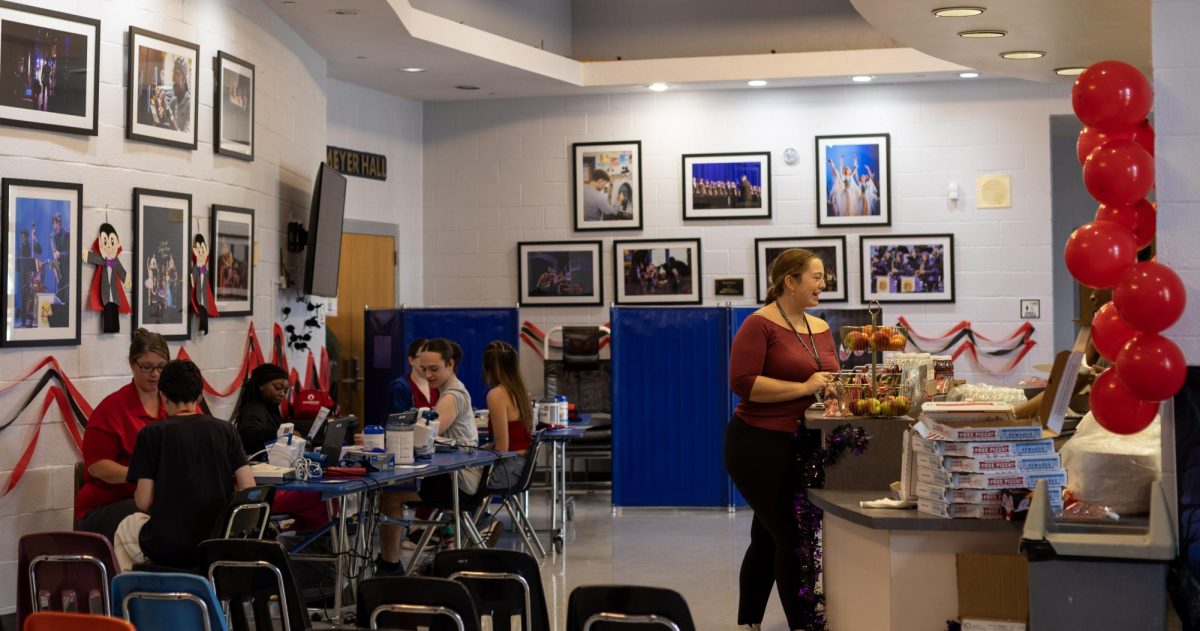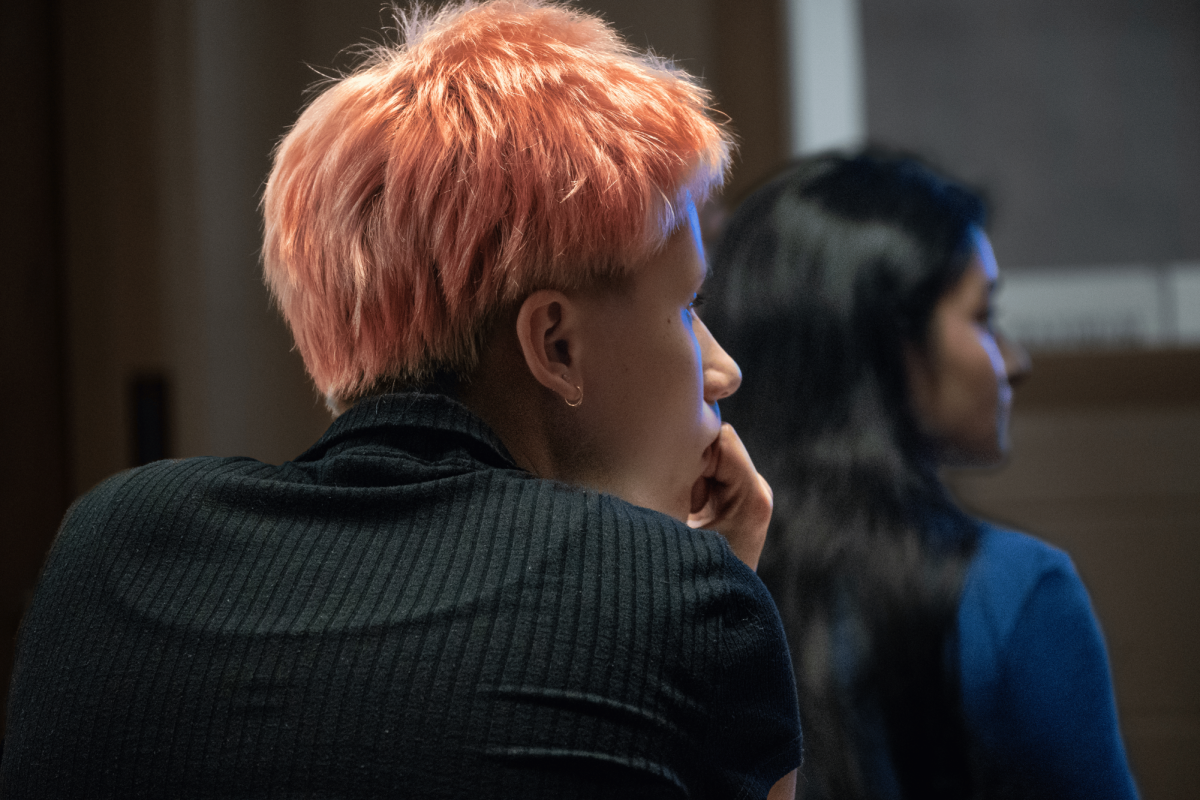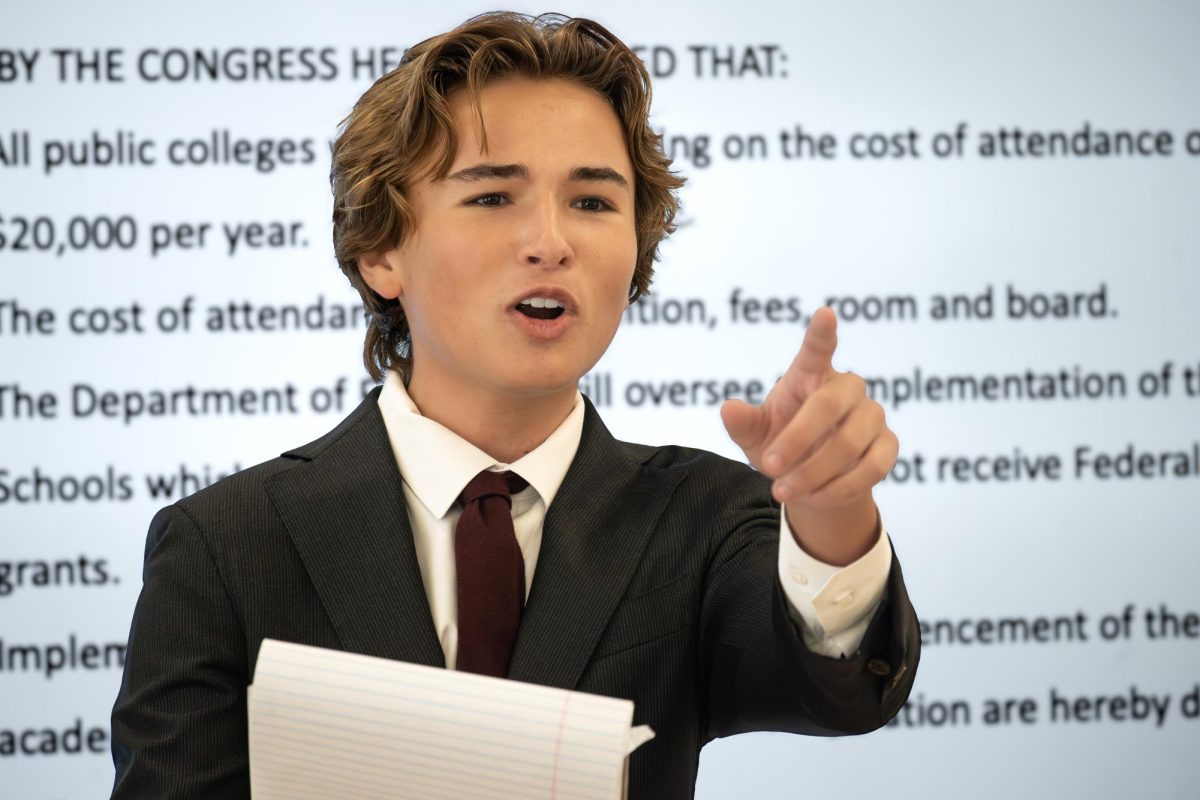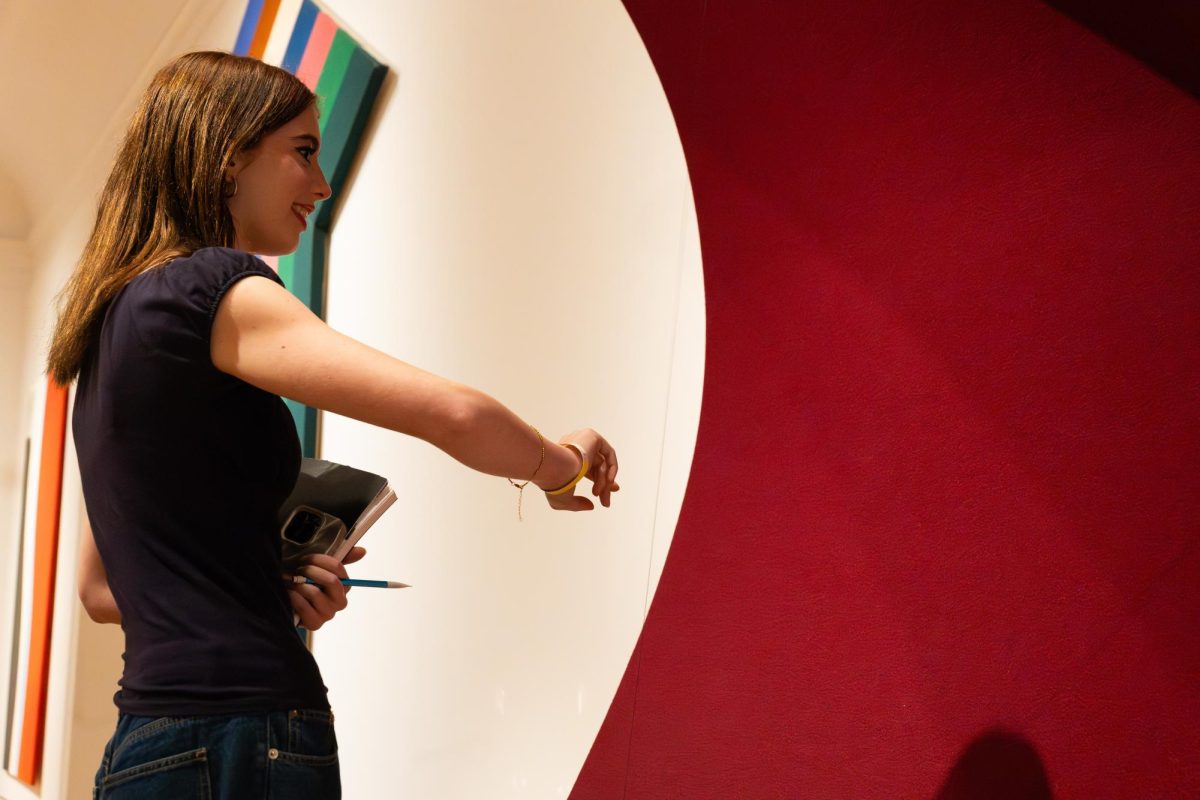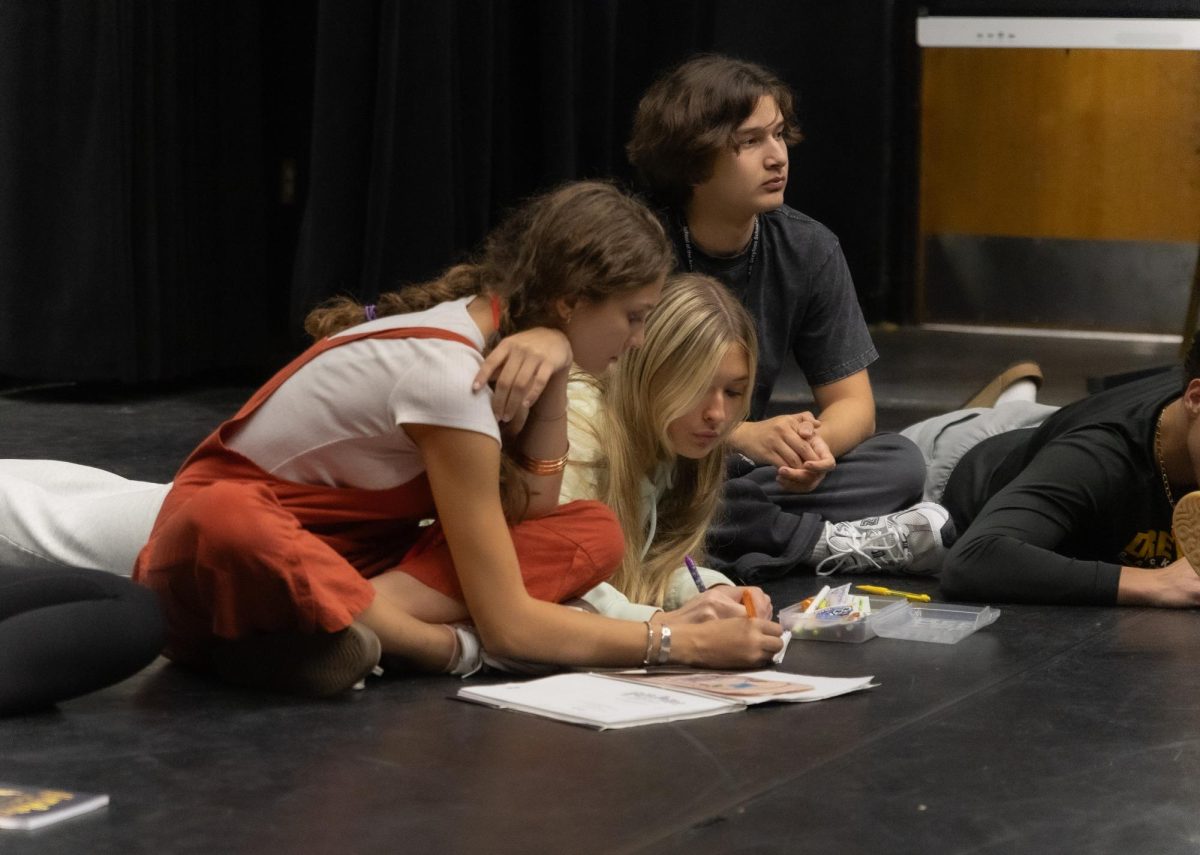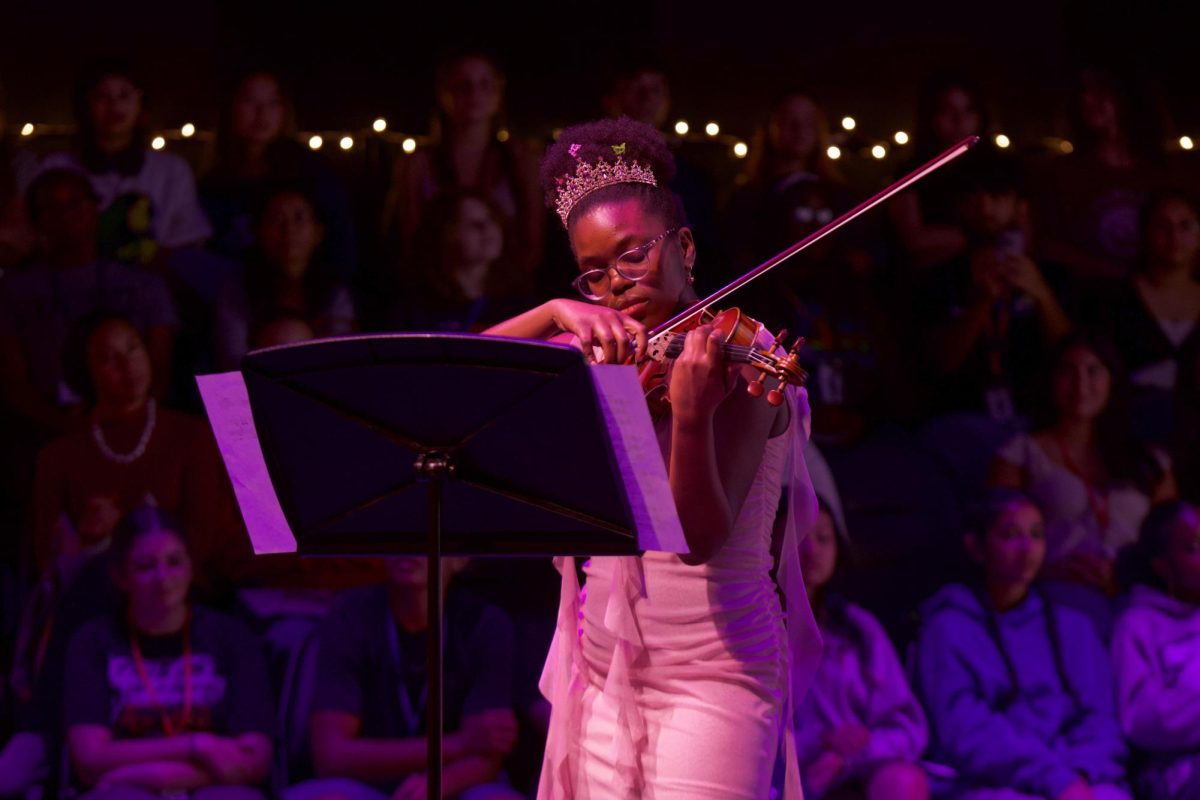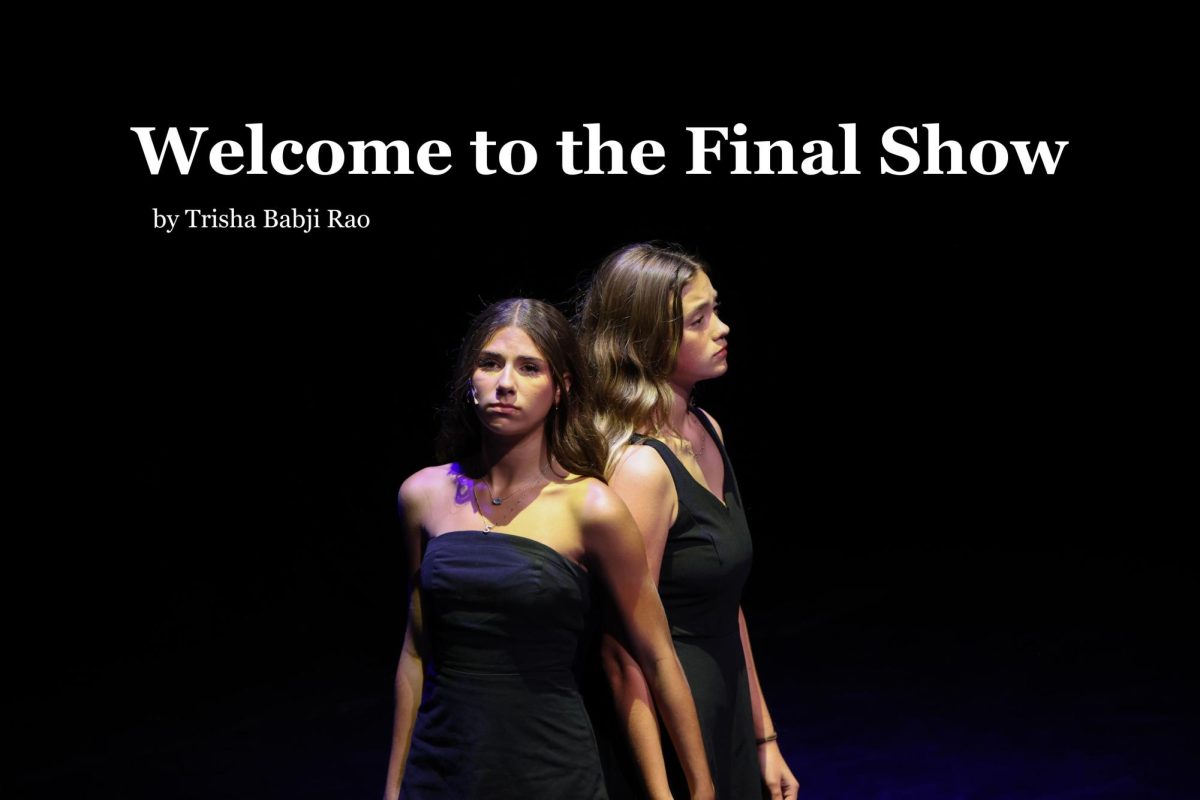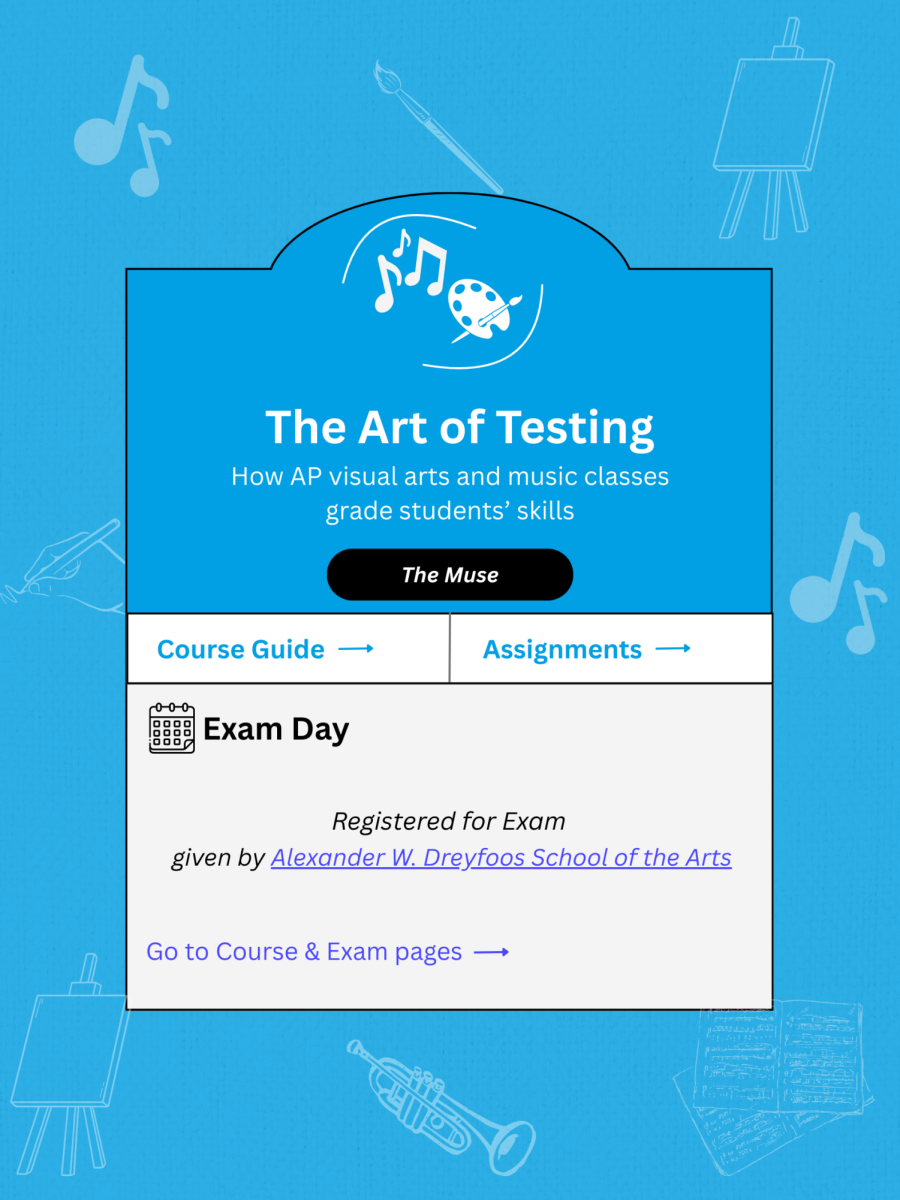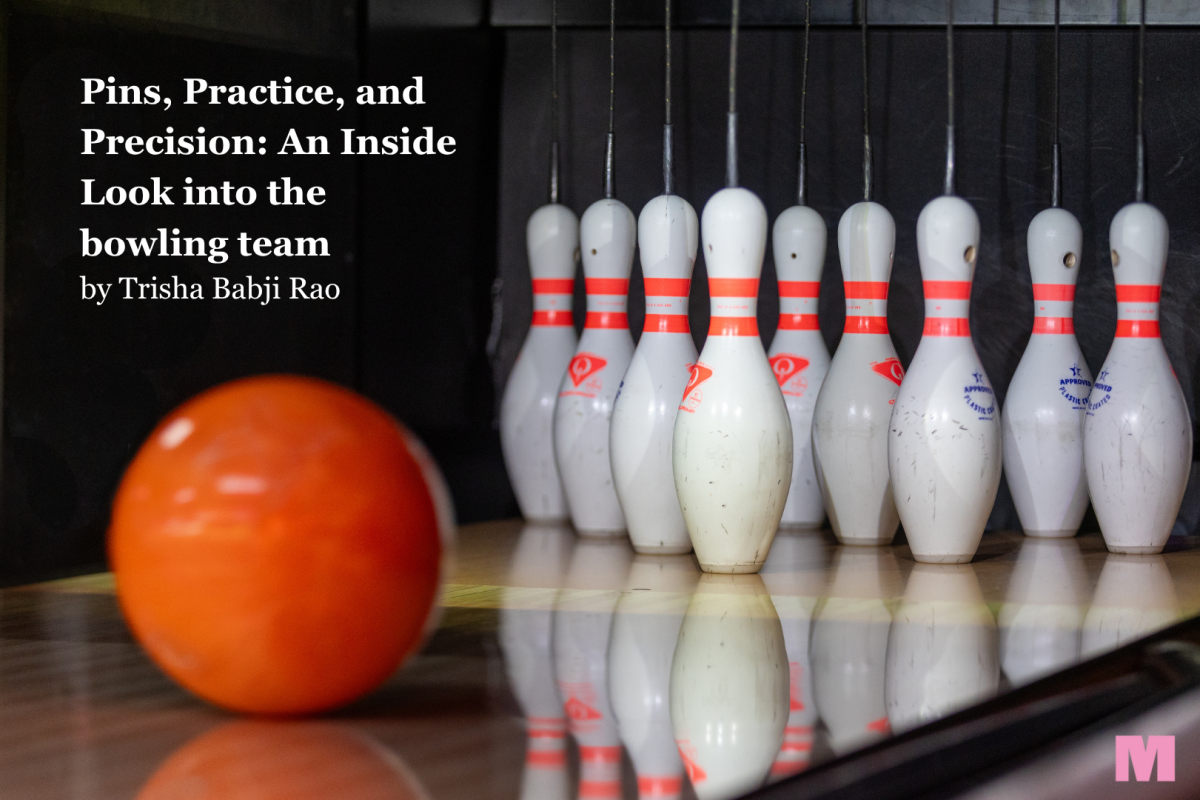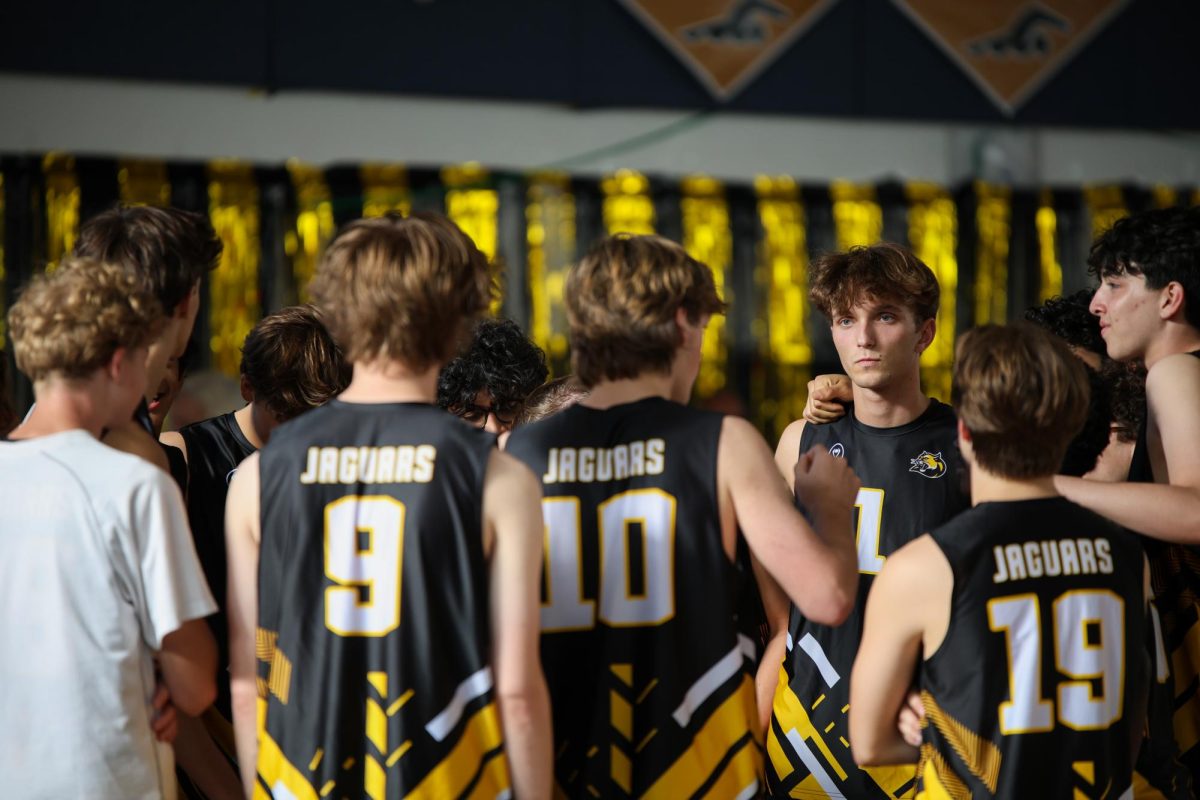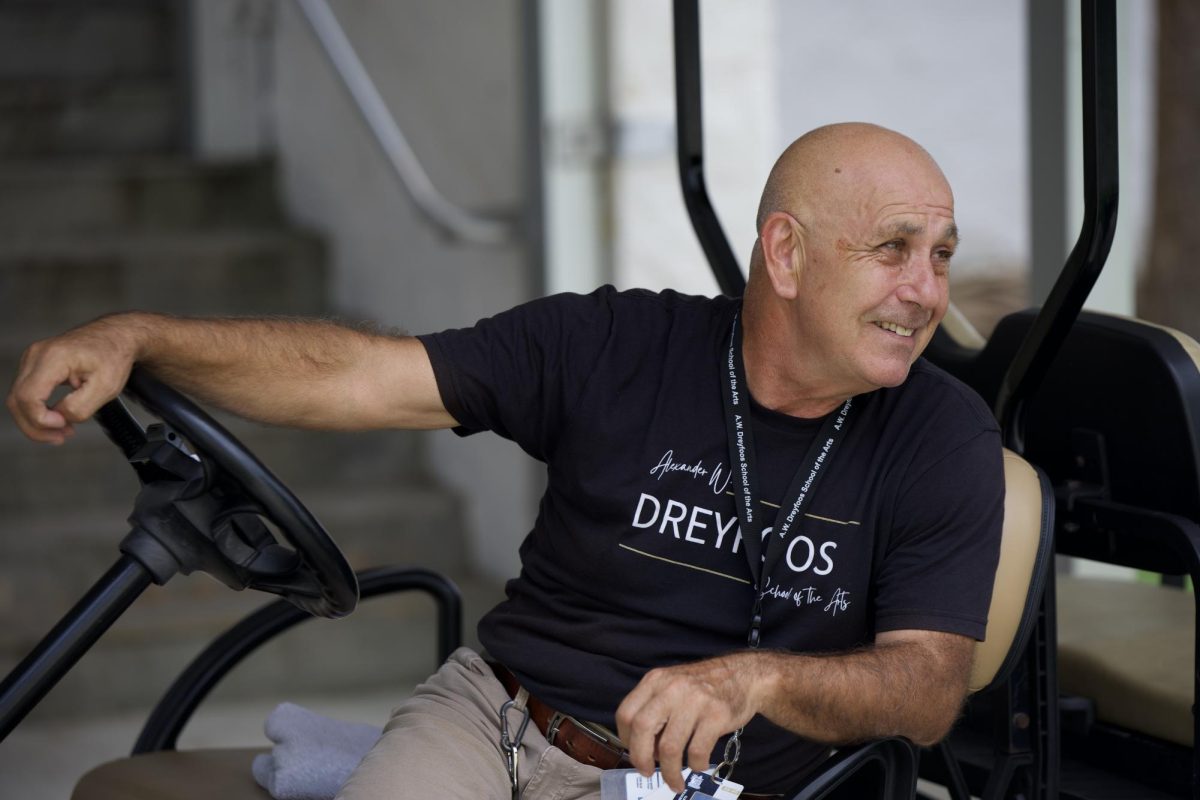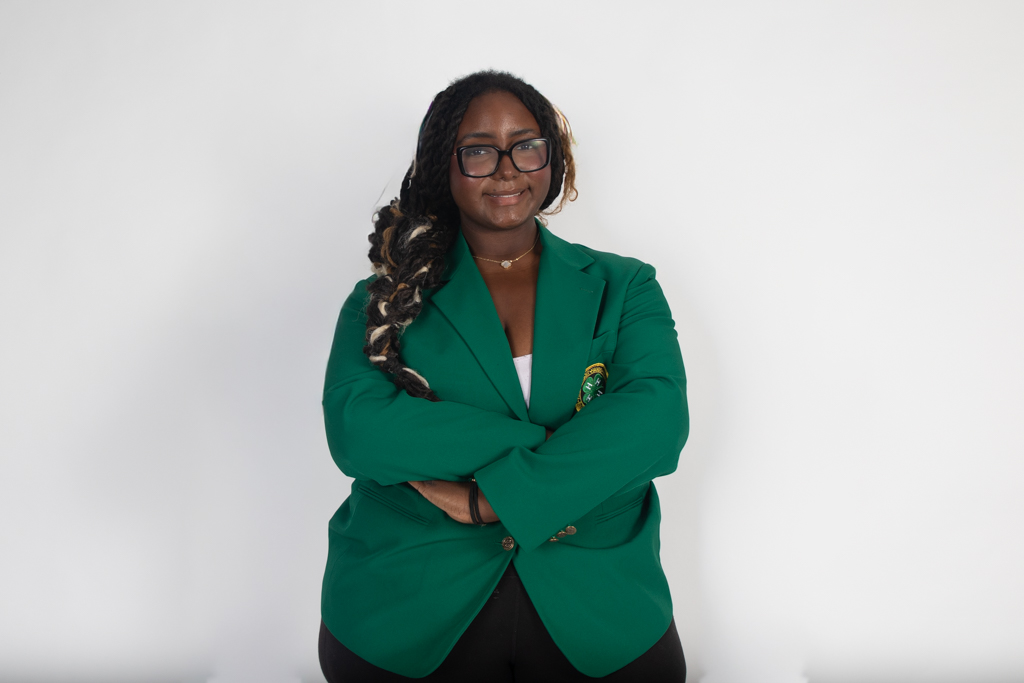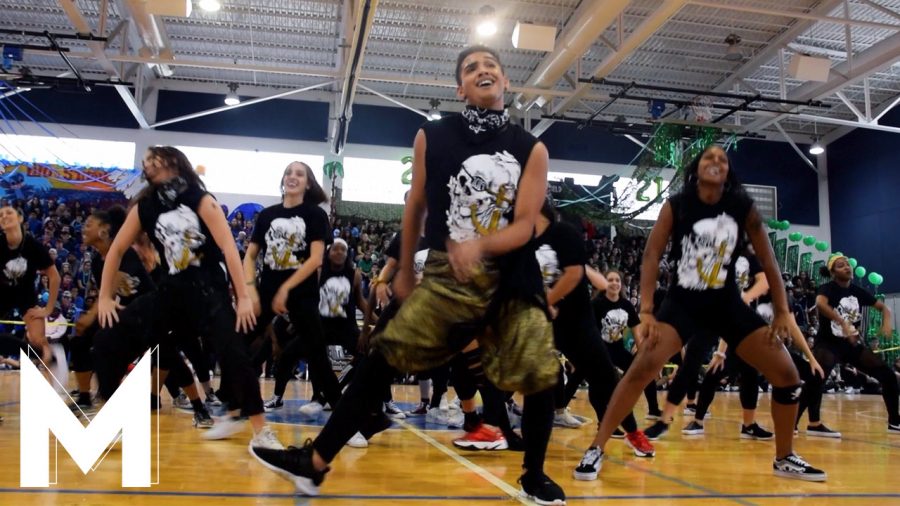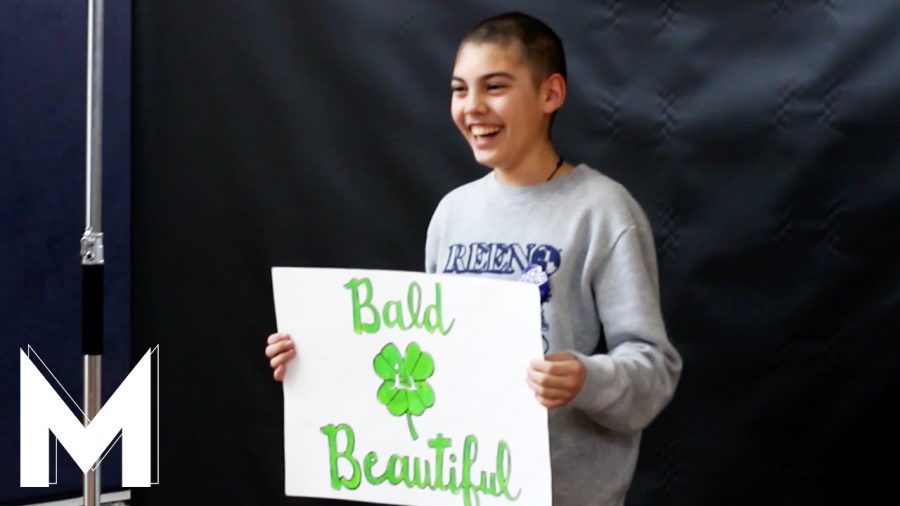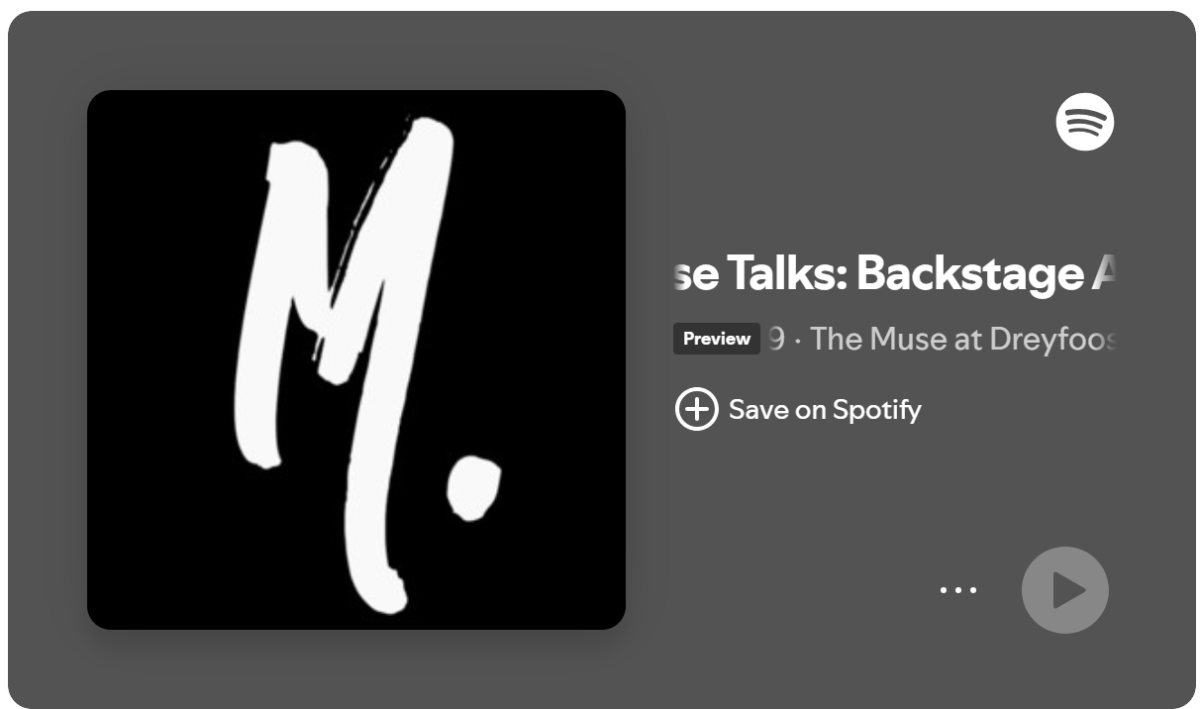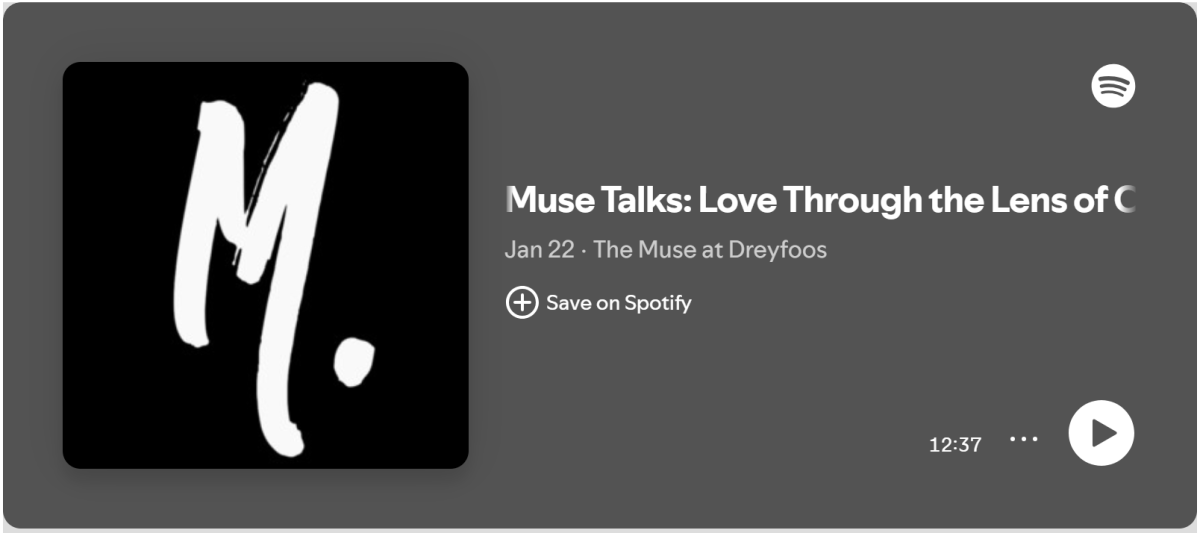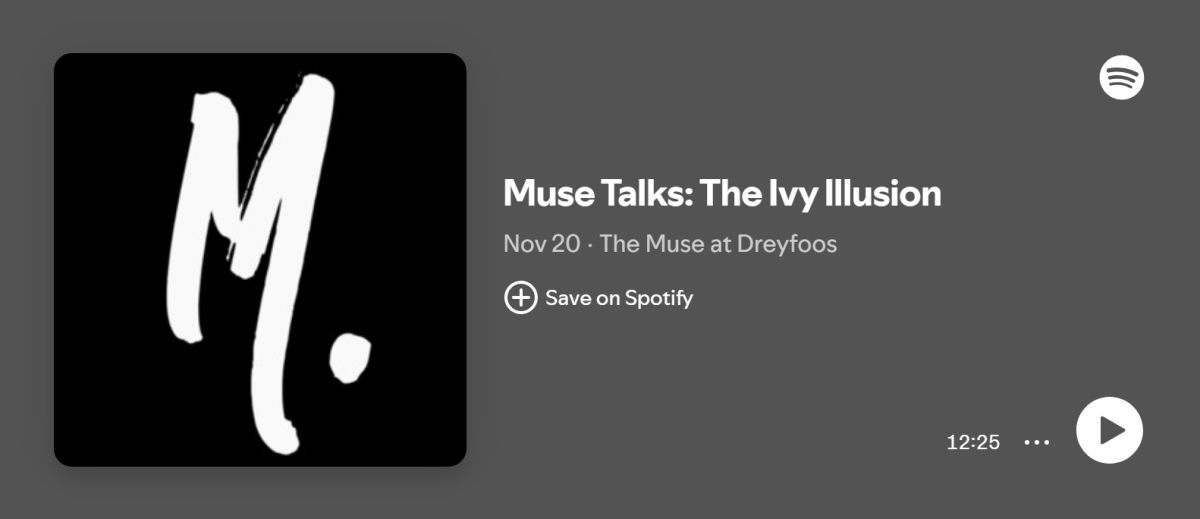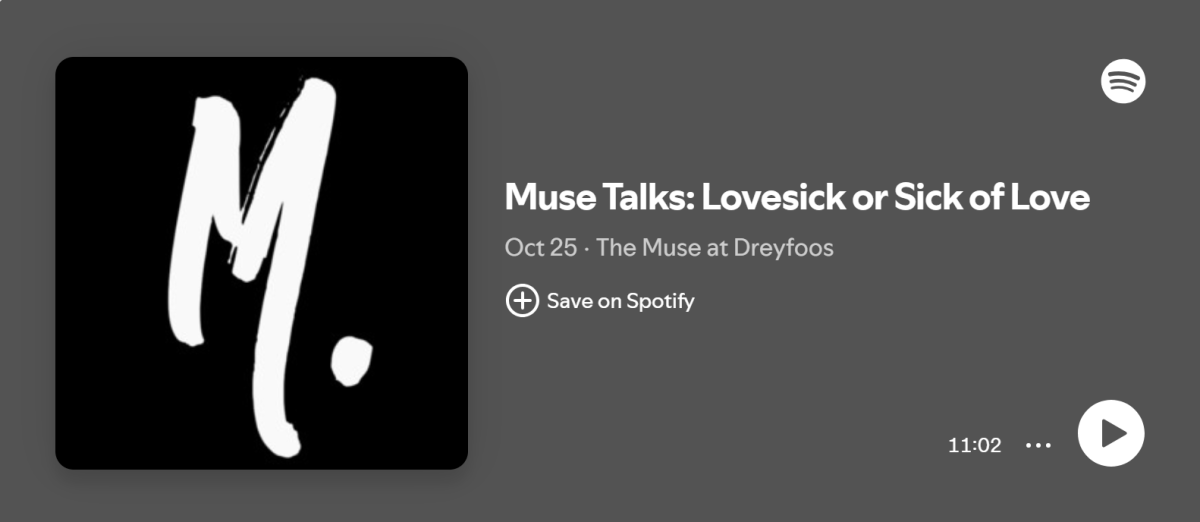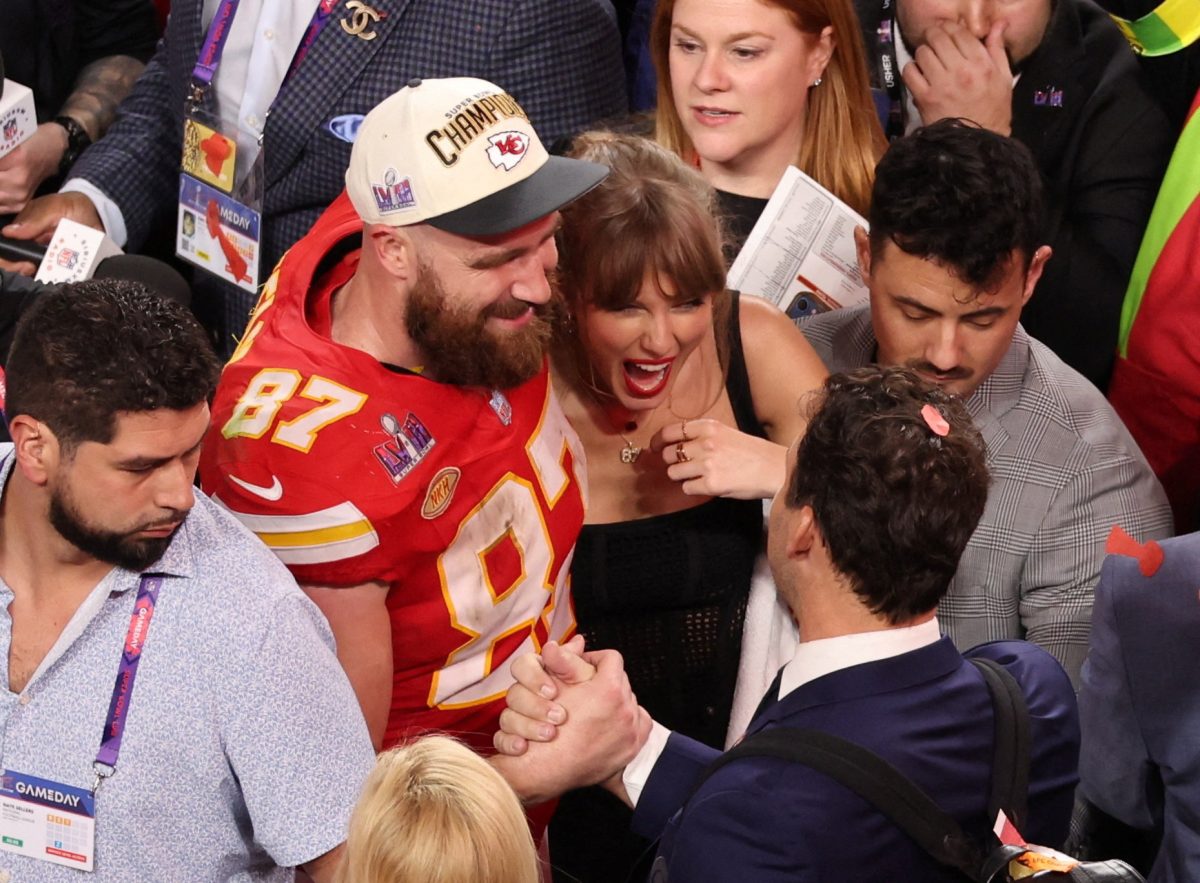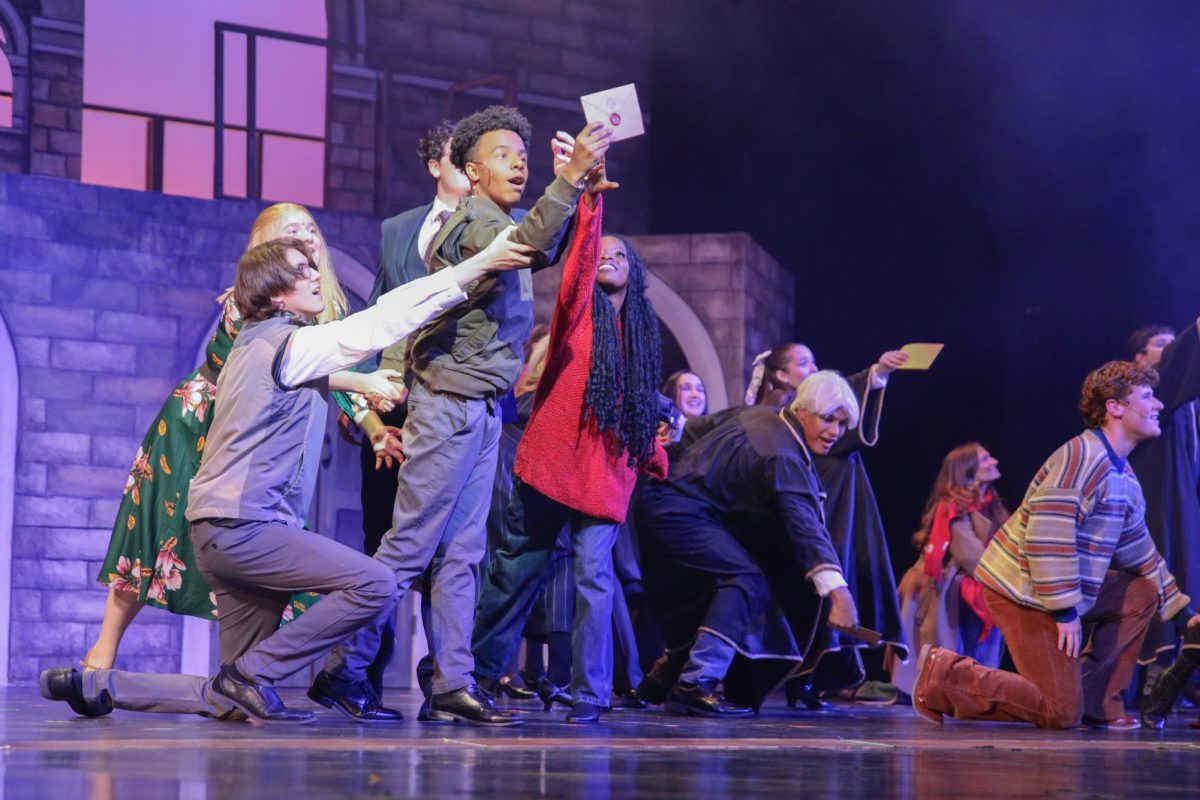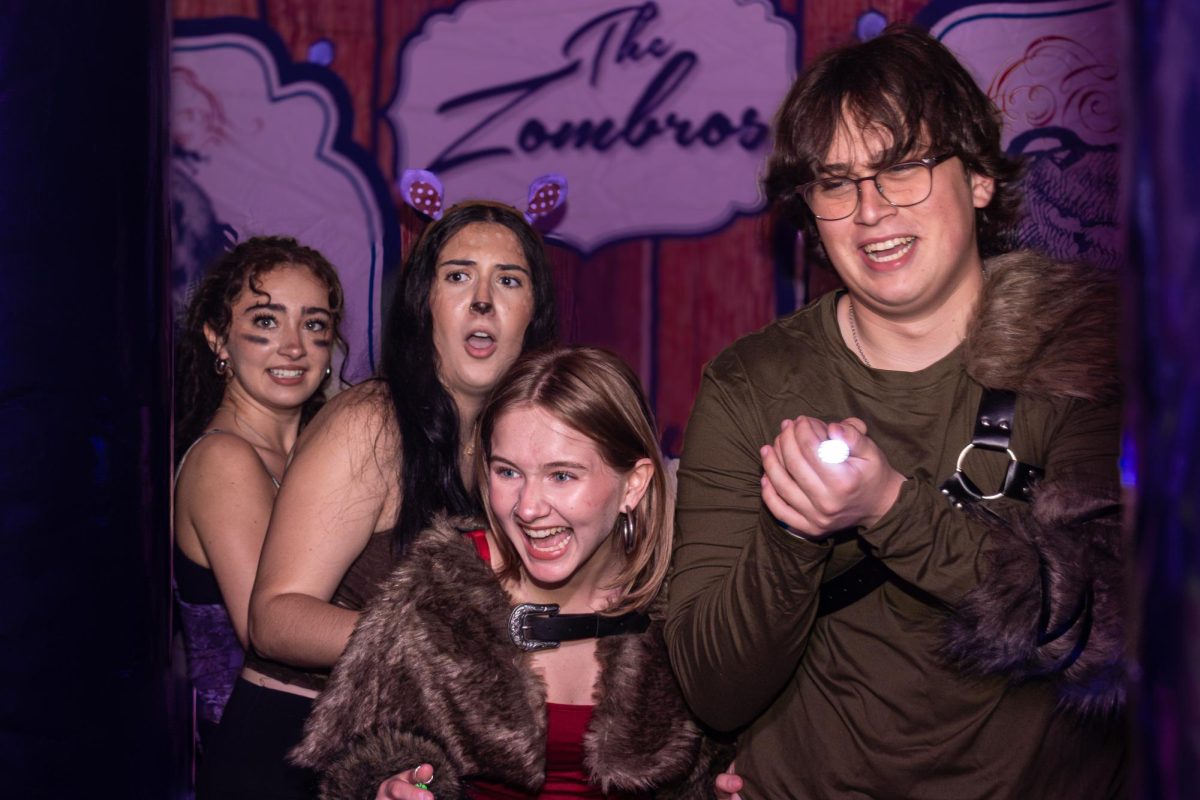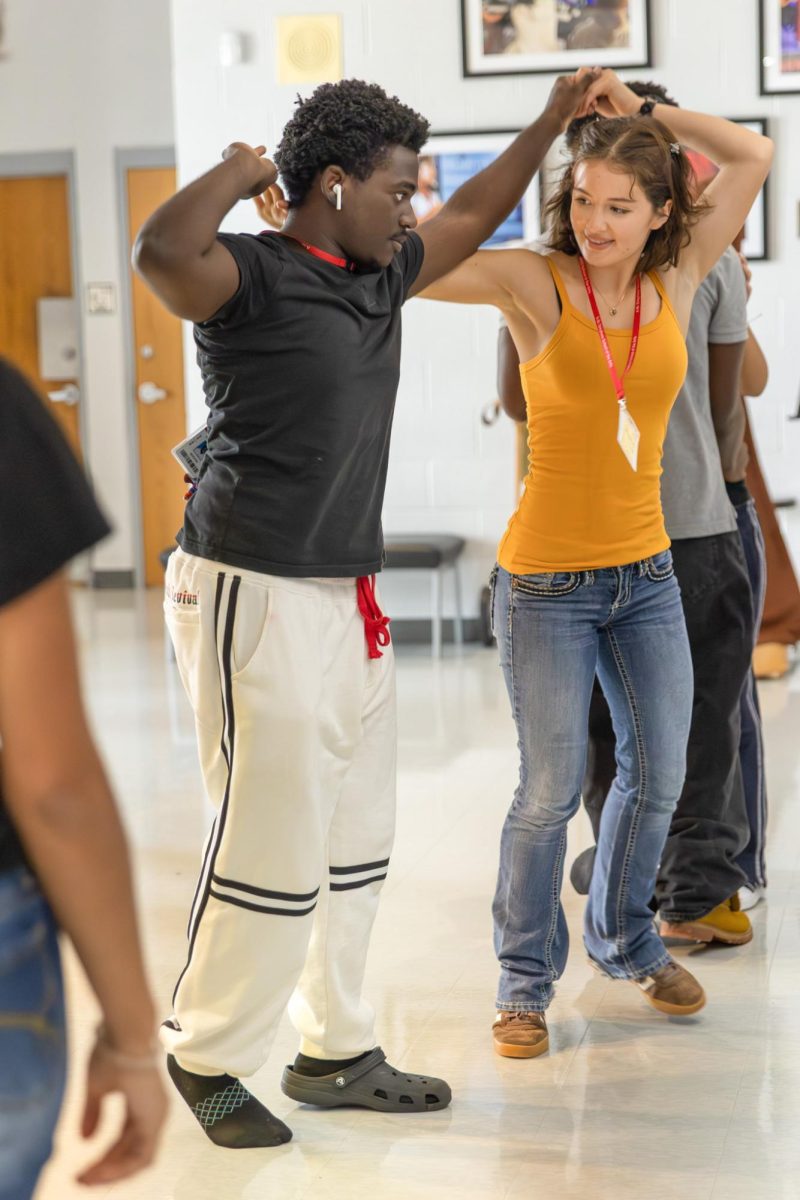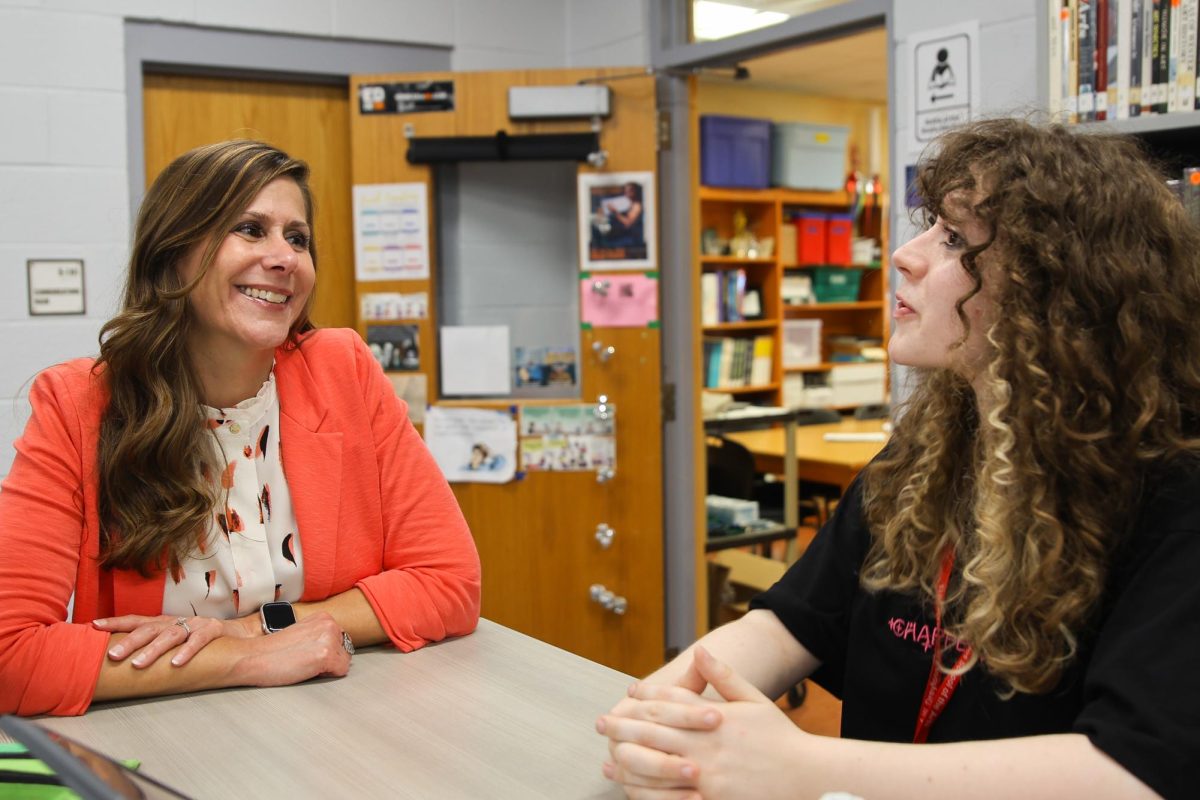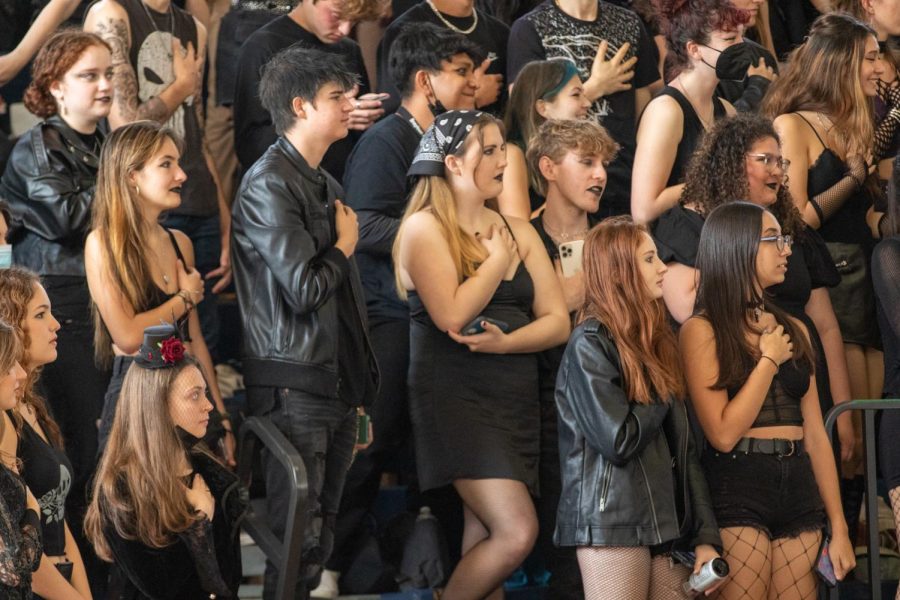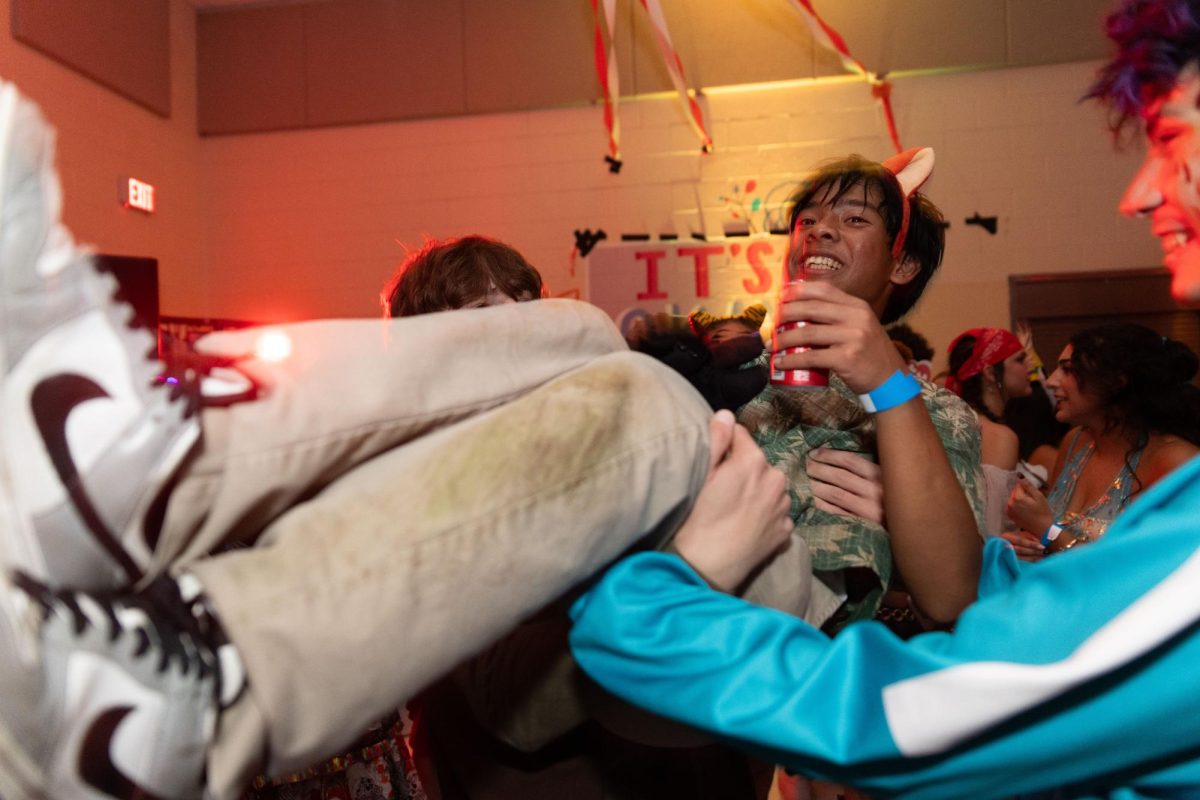Sweater Vests and Letterman Jackets: A Deep Dive Into Class Cliques
As students dress up as nerds, preps, jocks, cheerleaders, and goths for Spirit Week, some students share their opinions of class cliques.
Running across the field, juniors sport their jock and cheerleader looks. Students dressed up in clothing representing the cliques of nerds, preps, cheerleaders/jocks, and goths. “You guys have a really strong culture here of tradition,” Assistant Principal Jennifer Napuli said. “Some of these events have been going on for a long time, and the students are really invested, which makes them extra fun and special.”
March 9, 2022
For the second day of Spirit Week, the student body was divided into four cliques: The freshman buckled suspenders, sophomores knotted sweaters over their shoulders, juniors threw on their jerseys, and the seniors applied dark eye makeup and flicked eyeliner.
For the past four years, nerds, preps, jocks and cheerleaders, and goths have been the featured cliques for Spirit Week’s Class Clique Day; however, visual senior Sylvie Crawford thinks the school typically does not conform to those “stereotypical” groups.

“I think everyone here is just a little bit of everything,” Crawford said. “We all kind of merge our likes and dislikes. I don’t think there’s really a disconnect between goths and normal because we’re all just really artsy kids, and we all appreciate each other.”
Vocal sophomore Ben Levkovitz argues that the school is “pretty cliquey” but not in the way that it appears during Spirit Week. Levkovitz especially notes jocks are rare on campus, because this isn’t really a “school of the athletics.”
“I do believe there are some different groups,” Levkovitz said. “But I believe overall it became a major clique. Everyone that’s not a freshman kind of intermingles and creates their own cliques.”
Digital sophomore Giada Robinson notes that popular teen movies like “Grease” and “Clueless” depict distinct friend groups that are largely based on stereotypes and other generalizations. She fears they “present this negative idea to younger children.”
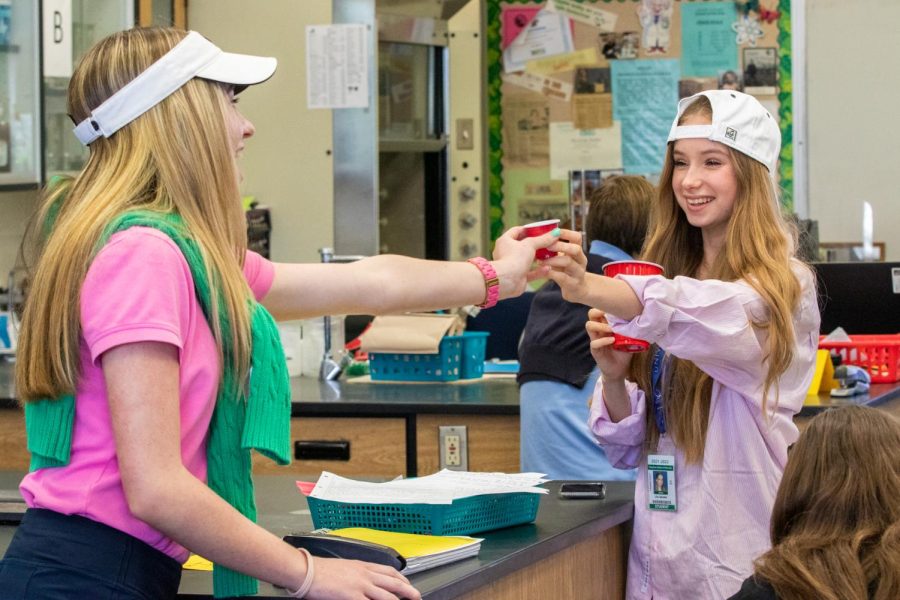
“When I was in elementary school, I was so afraid of high school because I thought there were these huge cliques of jocks that were gonna beat you up,” Robinson said. “So having a school like Dreyfoos that doesn’t have these very tight knit groups of people that have really stereotypical traits is a real benefit.”
According to research from the University of Illinois at Chicago, it takes no longer than seven seconds to determine what clique a stranger was in during high school. The report notes the nature of cliques is so ingrained in our society that teenagers can guess a person’s friend group just from a short video, and more times than not, the teenagers guessed correctly.

“I do it sometimes too,” communications freshman Emma Yela Bueno said. “I stereotype people. But it’s just kind of wrong to say, ‘Oh yeah, that person is definitely like a nerd or a jock, (or any other) stereotypical stereotypes.’ I just think that’s kind of unnecessary because everyone’s so different, and it’s more important to know the person.”
Stanford University conducted a study to find the answer to why some schools created cliques and why some others did not. They found that schools with more electives and opportunities “are more likely to be rank-ordered, cliquish, and segregated by race, age, gender, and social status.”

“It really affects a lot of kids’ mental health, being pushed into these cliques that they feel that they don’t identify with,” Levkowitz said. “But other people pressure them into those cliques, and I feel like it really could hurt a lot of kids mentally and affect them in negative ways.”
A story from The Chicago Tribune also noted social media caused a decline in class cliques, changing the nature of the “less-popular cliques” to demonstrate more “quirks of their generation.” “Besides generalized, slight cliques that there are between majors, I don’t think that there’s a huge class clique culture at Dreyfoos,” Robinson said. “And I’m pretty happy that there isn’t because there’s not that many pros to having class cliques. And I think that everyone has their own style. And because of that, we don’t assimilate to different generic cliques. We’re all different.”
Spirit Week will continue tomorrow with students dressing up as the different decades and the generations dances in the gym.

